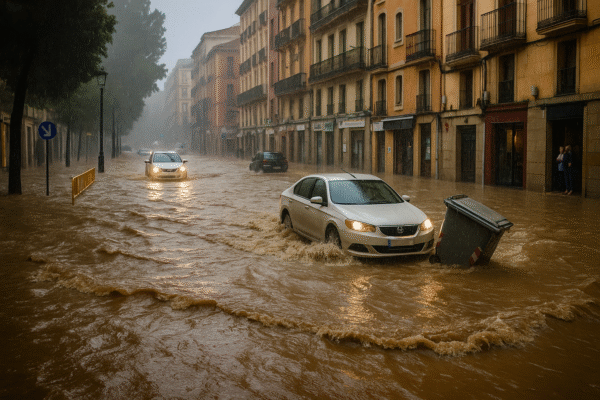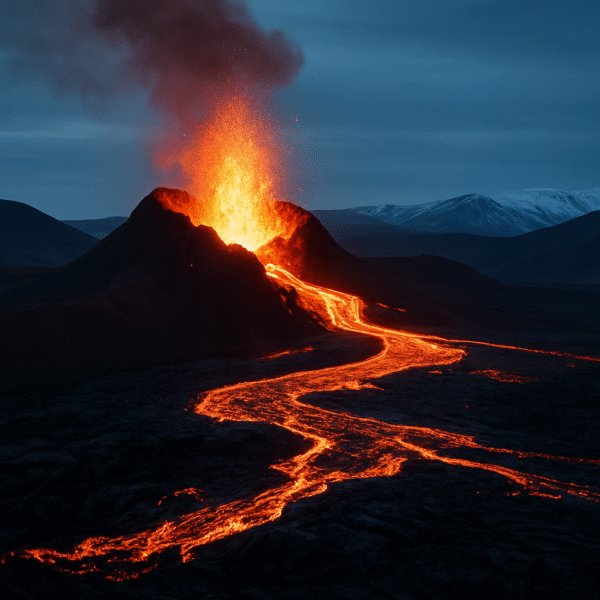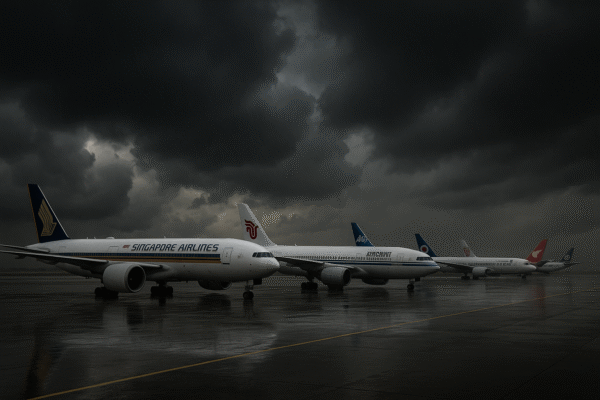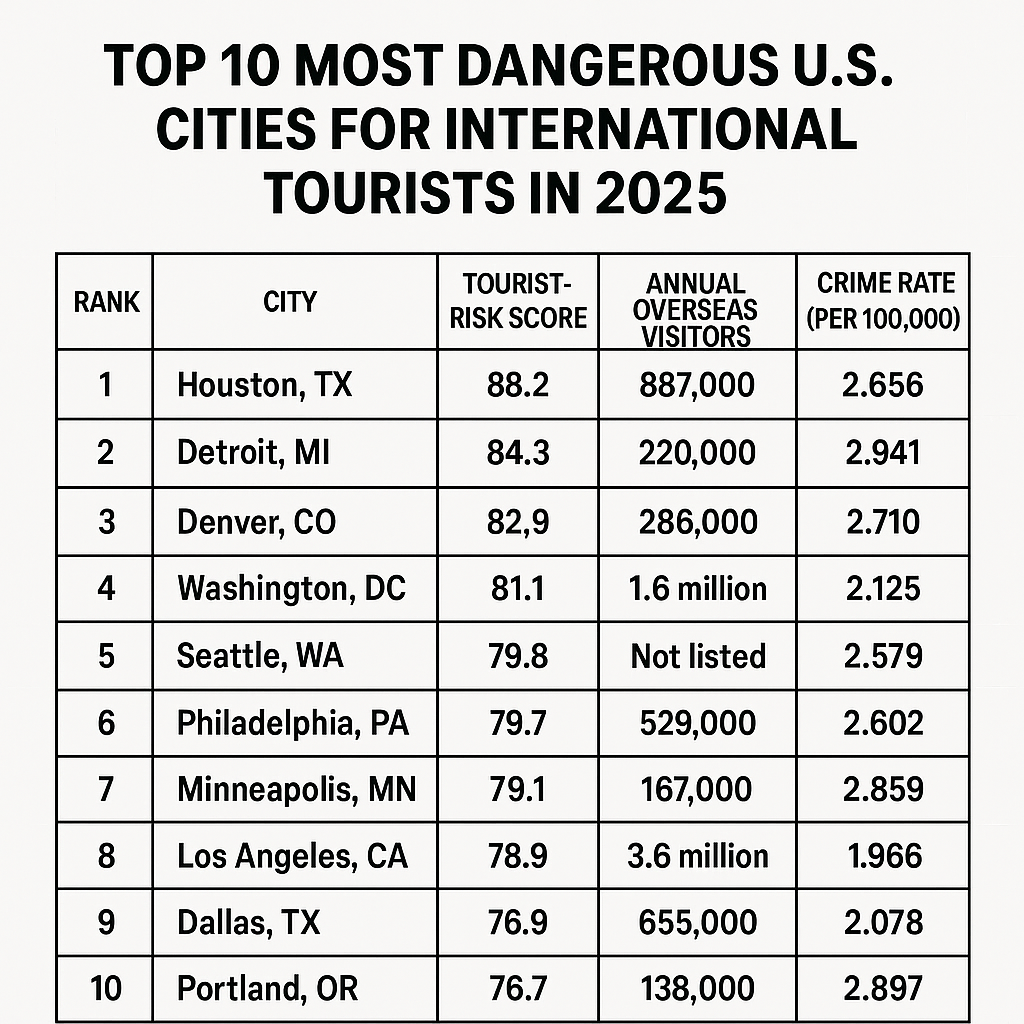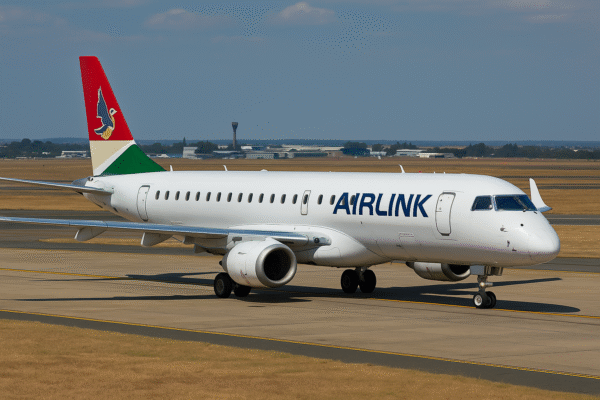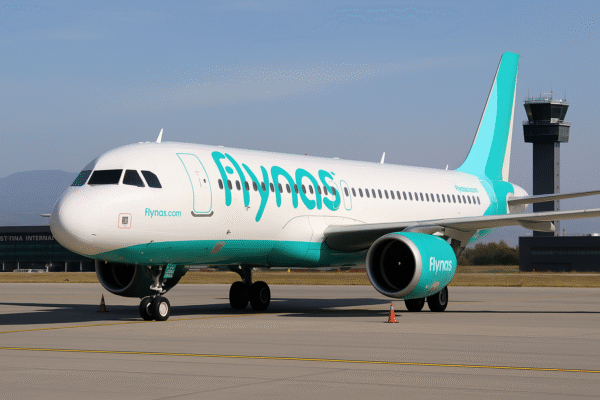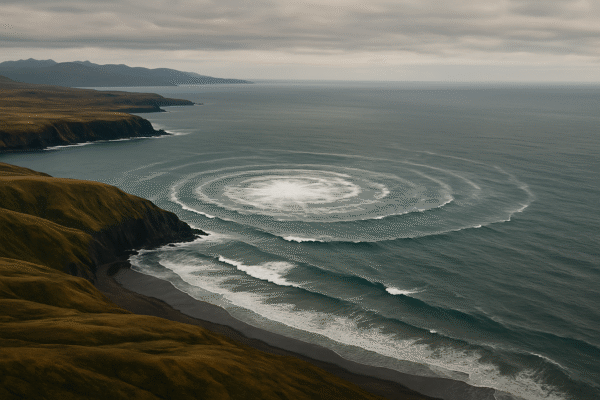A powerful 7.3 magnitude earthquake struck off the southern coast of Alaska early Wednesday morning, jolting communities and prompting a tsunami warning across coastal areas stretching from Kennedy Entrance to Unimak Pass. The quake, which occurred around 54 miles south of Sand Point, originated at a shallow depth of approximately 20 kilometers, intensifying the surface-level shaking.
The tremor was widely felt across the sparsely populated region, with residents in communities near the Alaska Peninsula reporting strong shaking and a series of aftershocks that extended into the night. Anchorage, located over 400 miles northeast of the epicenter, also reported light but noticeable tremors.
Tsunami Alert Issued and Later Downgraded
Minutes after the earthquake, the National Tsunami Warning Center (NTWC) issued an alert for coastal communities from Kennedy Entrance southwest of Homer to Unimak Pass near Unalaska, urging immediate precautions. Though a tsunami was initially observed, the NTWC later downgraded the threat, citing no significant risk to other Pacific coastal regions.
Japanese authorities and Pacific basin nations closely monitored the situation but confirmed no extended tsunami impact. In Alaska, local emergency management teams remained on alert and advised residents to stay informed via official updates and avoid low-lying coastal areas until all-clear notices were issued.
Alaska’s Seismic Vulnerability: Living on the Ring of Fire
Alaska is one of the most seismically active regions on Earth, sitting atop the Pacific Ring of Fire, a volatile tectonic zone known for frequent earthquakes and volcanic eruptions. The state experiences thousands of earthquakes annually—most are minor, but major ones like this week’s event are stark reminders of Alaska’s geologic volatility.
The Alaska Earthquake Center notes that while most quakes do not cause widespread damage due to the state’s low population density, the potential for powerful events remains high. Historically, Alaska was devastated by a 9.2 magnitude earthquake in 1964—the strongest ever recorded in North America—which led to tsunamis and over 250 deaths.
Infrastructure Impact and Ongoing Assessments
Preliminary reports from Sand Point and surrounding communities indicated minor structural damage to buildings and roads, though full evaluations are still underway. Local governments have deployed inspection teams to assess bridges, hospitals, and emergency shelters. No casualties have been reported as of this writing.
Utility services were briefly disrupted in isolated areas. The Alaska Department of Transportation confirmed that roadways remain under review, particularly those designated for emergency evacuations. Efforts are being coordinated with the Federal Emergency Management Agency (FEMA) and the Alaska Division of Homeland Security and Emergency Management.
Coordinated Emergency Response and Community Preparedness
State and local officials praised the quick response from first responders, emergency management personnel, and the NTWC. Evacuation drills and tsunami awareness education—long promoted throughout Alaska’s coastal regions—were credited with minimizing panic and facilitating orderly responses.
“Alaskans are resilient and trained to respond swiftly,” said an NTWC spokesperson. “Our teams continue to monitor seismic activity closely and remain prepared for potential aftershocks.”
Community shelters were activated in areas with higher tsunami risk. Helicopter reconnaissance missions were deployed to assess less accessible coastal zones, particularly around the Rat Islands and Alaska Peninsula.
A Reminder of Past and Future Risks
Just last year, in July 2023, a 7.2 magnitude earthquake also struck the Alaska Peninsula. That event caused minimal disruption, but the shallow depth and offshore epicenter of this week’s quake heightened tsunami concerns. It reaffirms the need for ongoing investment in earthquake and tsunami early warning systems.
Experts from the U.S. Geological Survey (USGS) emphasized that Wednesday’s quake was likely caused by subduction of the Pacific Plate beneath the North American Plate—a common tectonic process in the region. Aftershocks are expected to continue for several days.
What’s Next for Alaska’s Earthquake Readiness?
Officials are urging residents to remain alert and follow official guidance. The NTWC and the Alaska Seismic Hazards Safety Commission are conducting public outreach and sharing real-time data through social media and emergency broadcast systems.
Long-term efforts include reinforcing infrastructure, upgrading tsunami sirens, and enhancing mobile warning systems through cooperation with FEMA and the National Oceanic and Atmospheric Administration (NOAA).
With the earthquake threat now downgraded, the focus has shifted toward recovery and reinforcing preparedness for future events.
Conclusion: A Wake-Up Call to Stay Prepared
This week’s 7.3 magnitude earthquake is a stark reminder that Alaska’s seismic risk is ever-present. While the damage appears limited and no fatalities have been reported, the quake reinforces the critical need for proactive safety measures, regional planning, and public awareness.
For tourists visiting Alaska’s rugged coastlines, understanding evacuation zones and staying updated with real-time alerts remains essential. For residents, the message is clear: preparation saves lives.
For more travel news like this, keep reading Global Travel Wire




